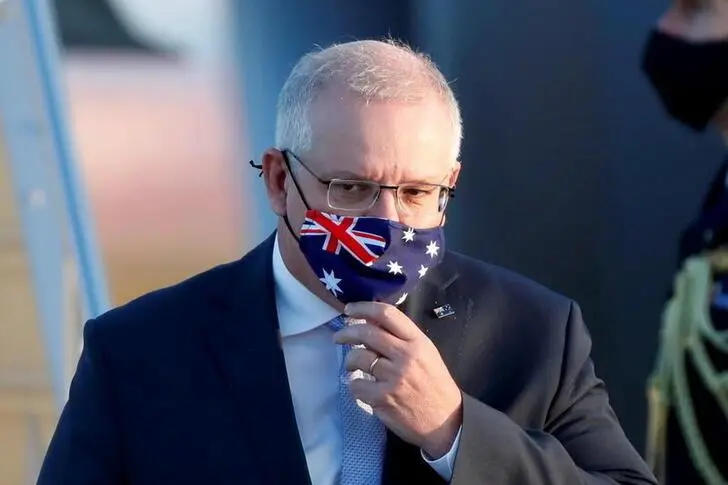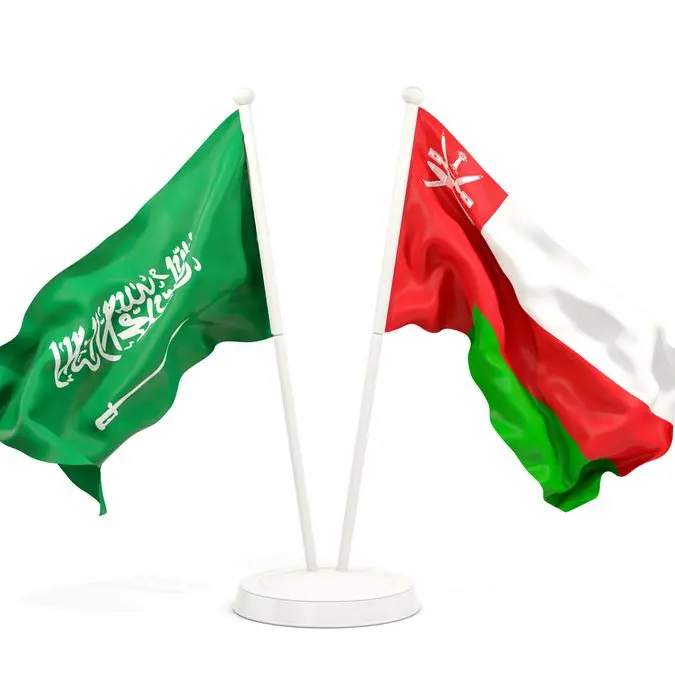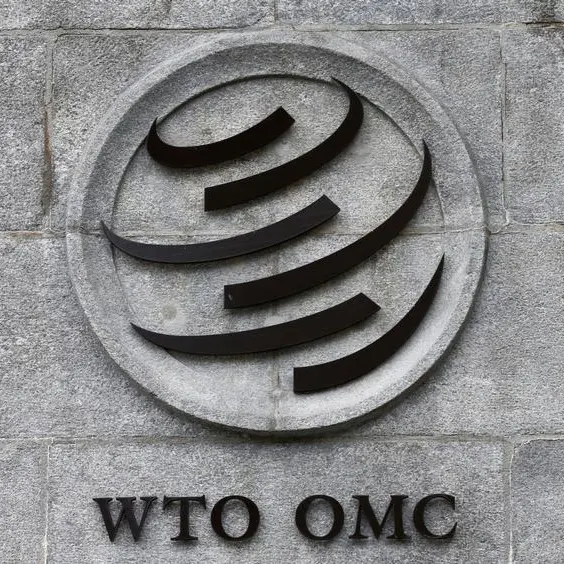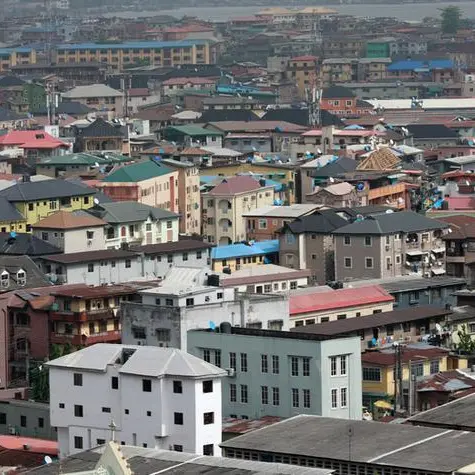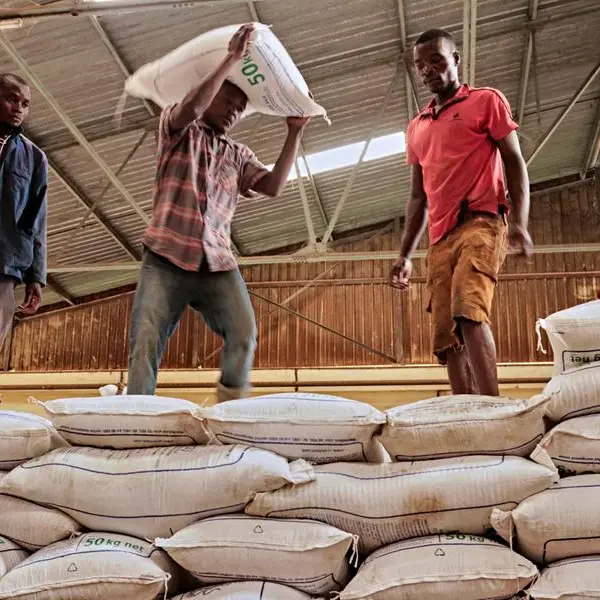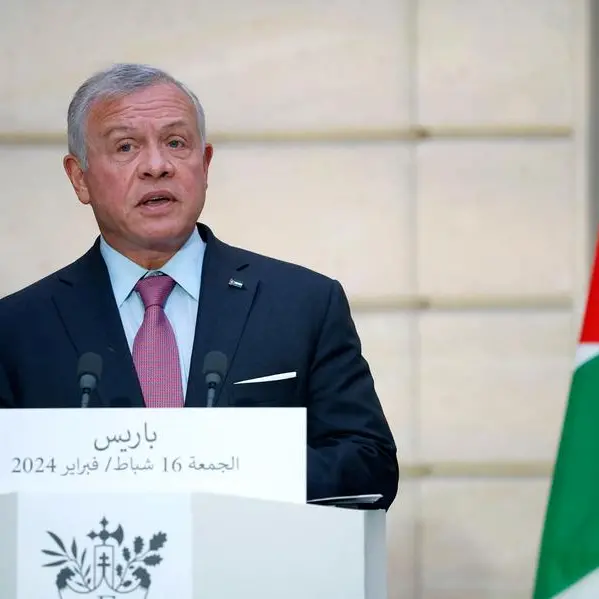PHOTO
SYDNEY - Australia promised big spending in a deficit-laden budget on Tuesday as the conservative leadership sought to sustain a recovery from a coronavirus-induced recession and win backing from women and older voters with an eye on the next election.
Prime Minister Scott Morrison's billions in support and reform programmes for women and aged-care home residents comes amid public anger over his government's handling of sexism and misconduct claims in Canberra, and a public inquiry that revealed widespread abuse in the care home sector.
The deficit will hit a record A$161 billion ($126 billion) in the fiscal year ending June 30, 2021 though, as a strong economic rebound improves government finances, that is more than A$50 billion lower than a forecast made in December.
"The economy is coming back. Australia is coming back," Treasurer Josh Frydenberg said as he unveiled A$589 billion in spending measures for the fiscal year ending June 2022.
The government has put aside its long-cherished pursuit of a balanced budget to bring the economy back to health, and the budget papers showed the deficit is forecast to remain close to A$100 billion in the next two fiscal years.
Large deficits are forecast every year until June 2025, the limit of the budget papers' projections, with the debt load rising during that time to reach almost A$1 trillion.
The jobless rate is forecast to fall below 5% as early as next year, representing a remarkable turnaround from 2020, when measures to contain COIVD-19 shut down swathes of the economy.
The quicker-than-expected pick-up in activity means the government is pulling in more tax receipts and making less welfare payments than had been previously forecast, giving it capacity to spend ahead of an election due in the next 12 months.
It is also enjoying a resurgence in Australia's terms of trade due to a soaring iron ore price driven in part by stronger-than-expected demand from China even as the two trading partners endure a period of strained diplomatic relations.
S&P Global Ratings said the signs of upturn were offset by risk factors including COVID-19 and trade and political tensions, which meant it would maintain a negative outlook on Australia's prized AAA rating.
EYE ON ELECTION
Several budget measures, including the extension of a tax rebate for more than 10 million low- and middle-income earners, measures are focused on key election issues.
Polls have shown Morrison's approval rating has fallen amid anger over the government's handling of allegations of sexual abuse, discrimination against women and misconduct in parliament.
The government released a separate "Women's Budget Statement" including measures designed to support women leaving violent relationships.
It also pledged to increase childcare subsidies through a A$1.7 billion investment. The spending targets families with more than one child in daycare, giving more parents, especially women, the choice to take on extra work, Frydenberg said.
Additional funding was also set aside to reform the aged-care homes sector.
An inquiry into care homes found that one-in-three people experienced substandard care, including neglect and physical or emotional abuse, according to a report released in March.
Concerns over aged care are among the most pressing for voters, ranking second only to the economy, according to polling by Resolve Strategic for broadcaster and publisher Nine Entertainment.
ALMOST NORMAL
Although Australia's vaccine rollout has lagged other nations, its successful containment of COVID-19 has meant it has enjoyed near-normal living conditions for long stretches.
Tough measures including snap lockdowns, closed borders and swift contact tracing has kept its tally of infections at just under 30,000, with just over 900 deaths.
After an initial economic shock, the share market and house prices have resumed their upward trajectory and the country's big retail banks have also outpaced global peers.
The government has pledged close to A$3.5 billion in COVID-related measures including vaccine procurement and funding for contact tracing and testing facilities.
($1 = 1.2749 Australian dollars)
(Reporting by Jonathan Barrett; Editing by Sam Holmes and John Stonestreet) ((swati.pandey@thomsonreuters.com; +61 2 9321 8166; Reuters Messaging: swati.pandey.thomsonreuters.com@reuters.net; twitter.com/swatisays))
